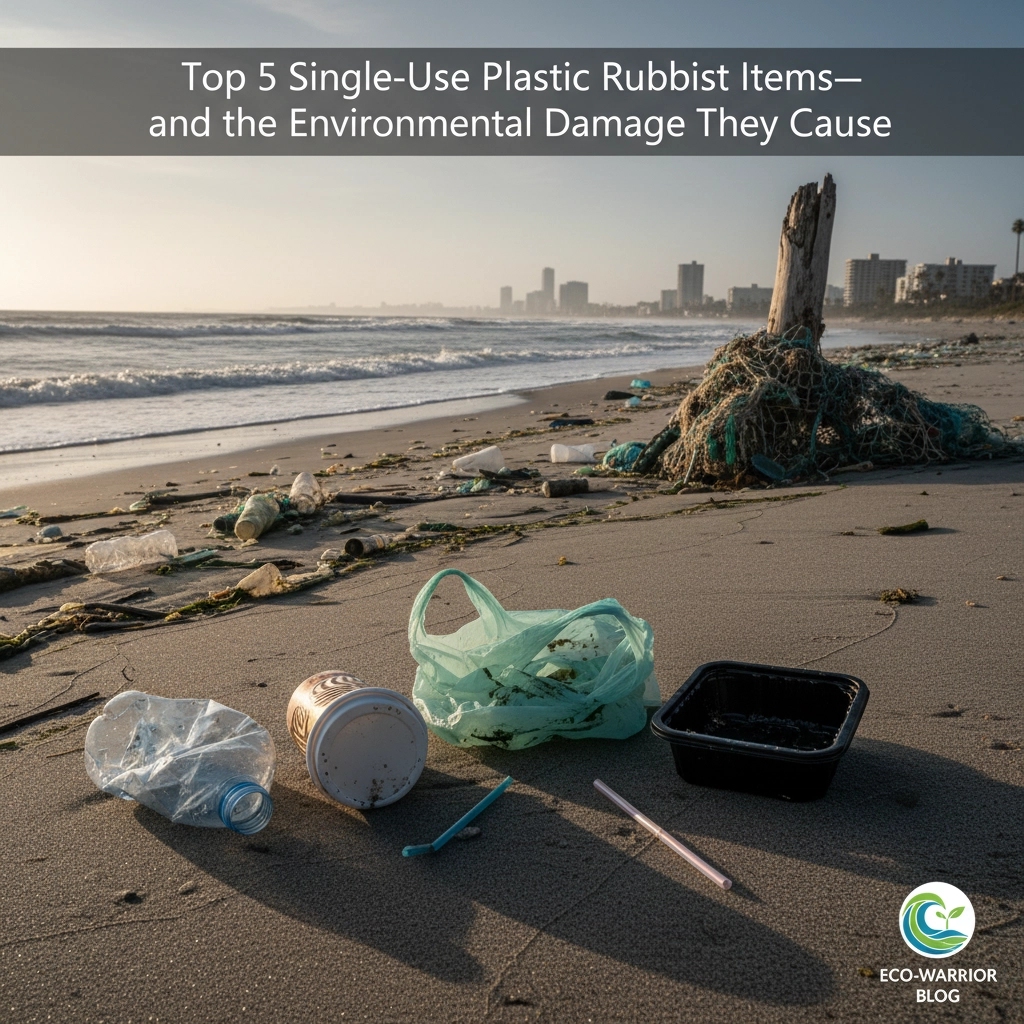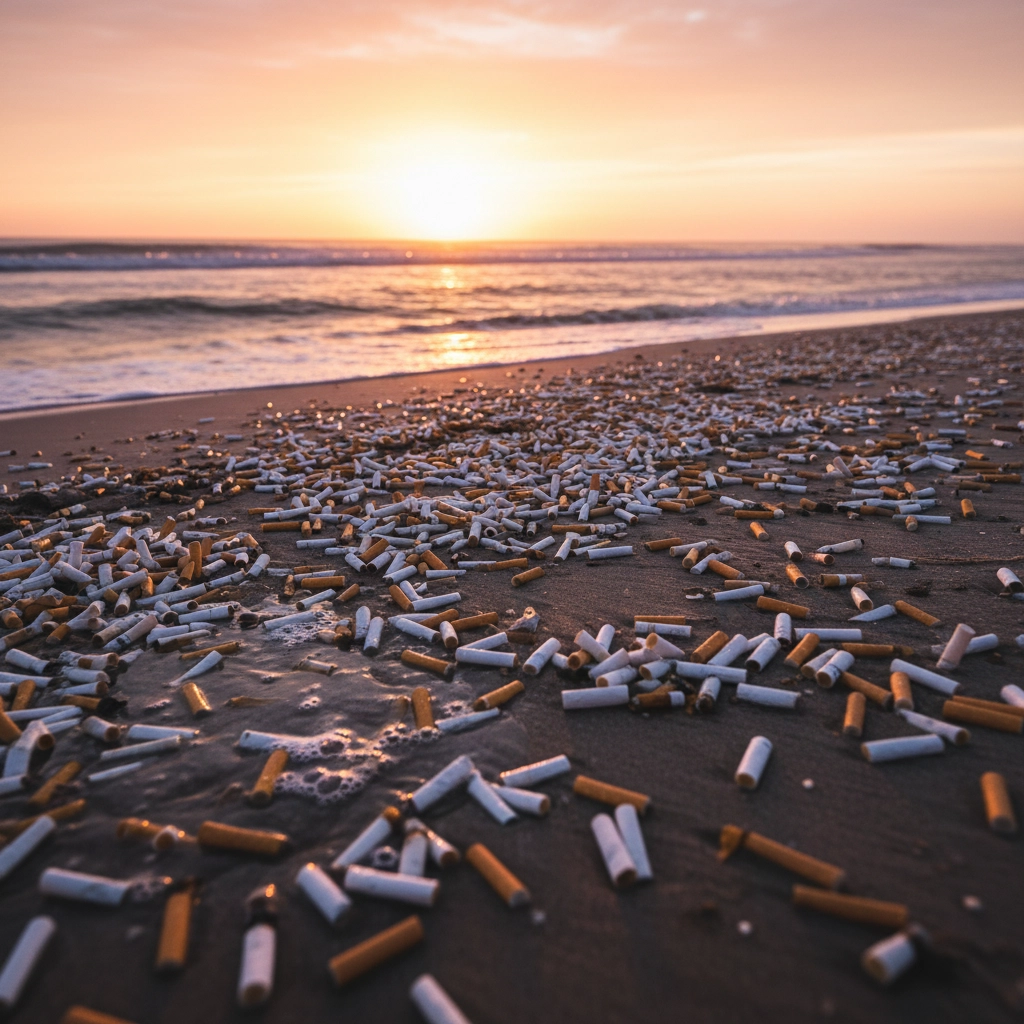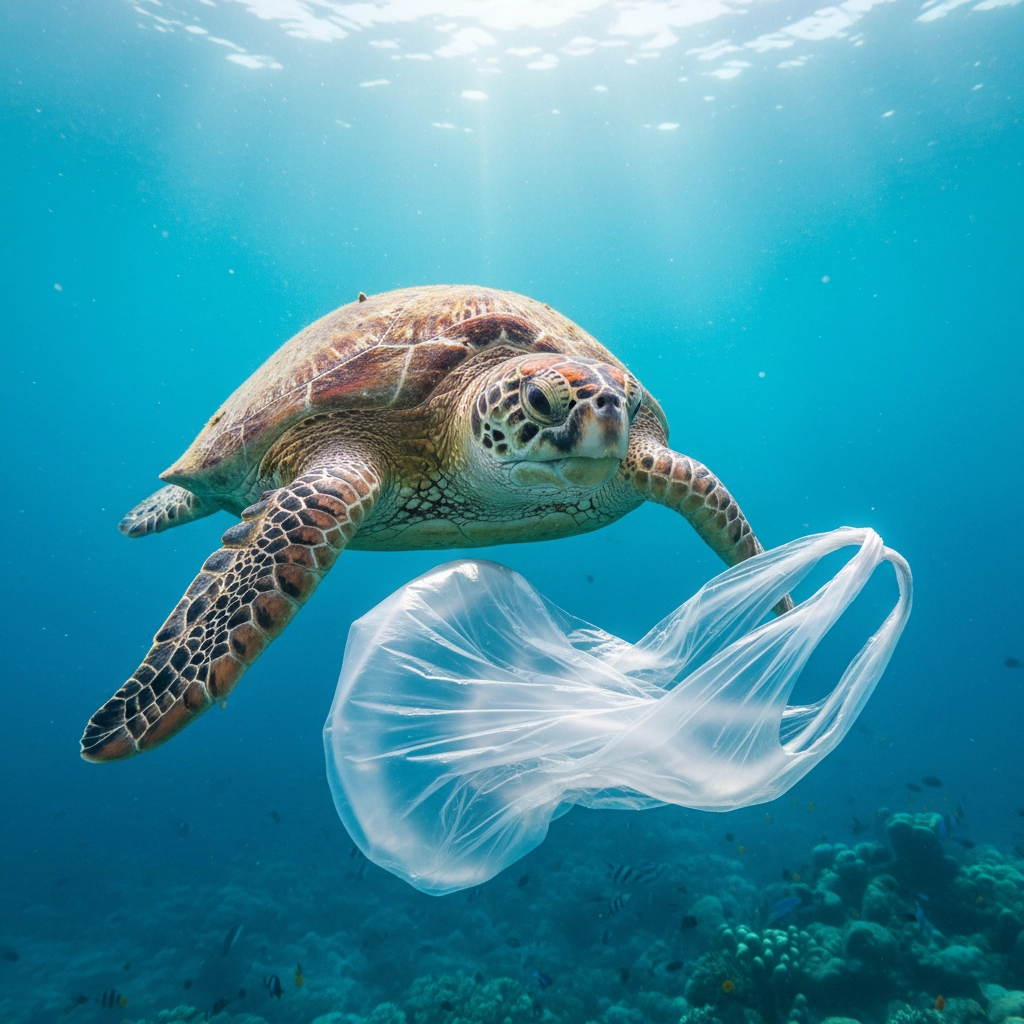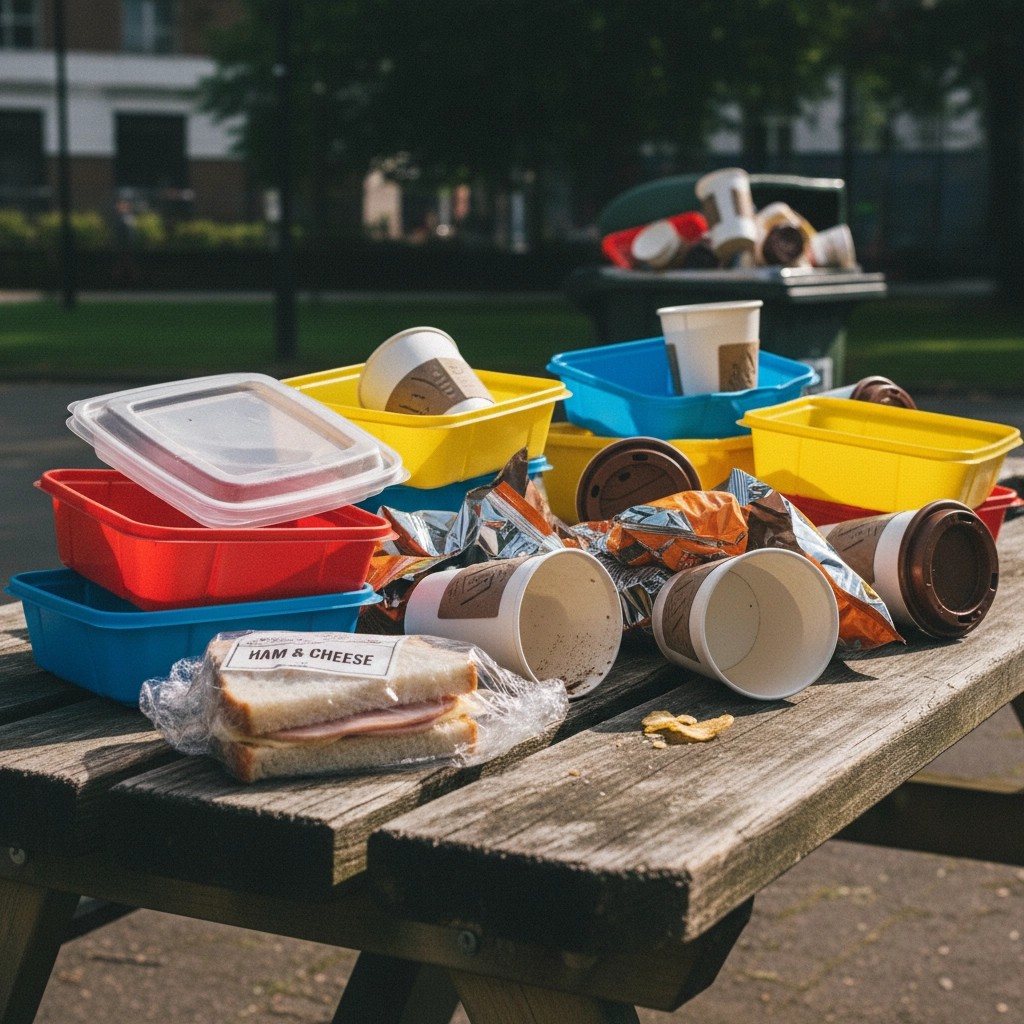
Every minute, the equivalent of a garbage truck full of plastic enters our oceans. While this statistic might sound abstract, the reality becomes clearer when we examine the specific items causing the most damage. Single-use plastics have infiltrated every corner of our planet: from the deepest ocean trenches to the highest mountain peaks: and certain culprits are doing far more harm than others.
Understanding which plastic items pose the greatest threat is the first step toward meaningful action. Here are the five most common and environmentally destructive single-use plastic items littering our world today.
1. Cigarette Butts: The Hidden Plastic Menace
Most people don't realise that cigarette filters are made from cellulose acetate: a type of plastic that can take up to 15 years to decompose. These seemingly small items are actually the world's most littered plastic item, with an estimated 4.5 trillion butts discarded globally each year.

The environmental damage is severe. When butts reach marine environments, they break down into microplastics that marine animals mistake for food.
Research shows that a single cigarette butt can contaminate up to 1,000 litres of water. The plastic filters don't biodegrade: they simply fragment into smaller pieces that persist in ecosystems indefinitely.
2. Plastic Water Bottles: Convenience at a Catastrophic Cost
Despite being one of the most recyclable plastic items, plastic bottles remain among the most problematic pollutants. Globally, we purchase one million plastic bottles every minute, yet recycling rates remain dismally low at just 14% for plastic packaging overall.
The production of plastic bottles consumes significant fossil fuel resources: 99% of plastics derive from petroleum and natural gas. Manufacturing a single plastic bottle requires three times more water than the bottle will eventually hold, representing a massive waste of resources.
In marine environments, plastic bottles break down into microplastics that enter the food chain. Sea turtles, seabirds, and marine mammals regularly ingest bottle fragments, leading to intestinal blockages, malnutrition, and death. The Great Pacific Garbage Patch, now twice the size of Texas, consists largely of plastic bottle waste and fragments.
3. Plastic Bags: Deadly Convenience
The average plastic bag is used for just 12 minutes but can persist in the environment for 500-1,000 years. These lightweight items are particularly problematic because they're easily carried by wind and water, spreading plastic pollution far from their original disposal point.

Marine animals frequently mistake plastic bags for jellyfish, seagrass, or other food sources. Sea turtles are especially vulnerable: autopsies regularly reveal plastic bags blocking their digestive systems, leading to slow, painful deaths from starvation.
On land, plastic bags clog drainage systems, contributing to flooding in urban areas. They also wrap around tree branches and power lines, creating hazards while slowly fragmenting into microplastics that contaminate soil and groundwater.
4. Plastic Straws and Stirrers: Small Items, Massive Impact
While individually tiny, plastic straws and stirrers collectively cause disproportionate environmental damage. Their small size makes them difficult to recycle, and they're frequently found among the top 10 marine debris items during beach cleanups worldwide.
The viral image of a sea turtle with a plastic straw lodged in its nostril brought global attention to this issue, but the problem extends far beyond individual incidents. Straws and stirrers are the perfect size to cause choking, intestinal blockage, and internal injuries in marine life. Over 260 species have been documented as impacted by plastic ingestion or entanglement.
These items also represent the throwaway culture at its worst: used for minutes but persisting for centuries. Most straws end up in landfills or the natural environment, where they slowly fragment into microplastics that infiltrate food webs.
5. Food Packaging and Takeaway Containers
The convenience food revolution has created an avalanche of single-use plastic packaging. From crisp packets to takeaway containers, polystyrene boxes to plastic-lined coffee cups, food packaging represents the largest category of plastic waste by volume.

Many food containers combine multiple materials: plastic, foil, and cardboard: making them impossible to recycle effectively. Polystyrene containers are particularly problematic, as they contain styrene, classified as a "reasonably anticipated human carcinogen" linked to increased risks of leukaemia and lymphoma.
When incinerated, food packaging plastics release toxic chemicals and greenhouse gases. In landfills, they can take hundreds of years to decompose while leaching harmful chemicals into soil and groundwater. Marine environments suffer as food packaging breaks down into microplastics that accumulate in fish tissues, eventually returning to human consumption through seafood.
The Broader Environmental Crisis
The cumulative impact of these five plastic categories extends far beyond their individual harm. More than 1,200 marine species are currently affected by plastic pollution through ingestion or entanglement. Microplastics now contaminate every level of the ocean food web, from plankton to whales, and have been detected in human blood, placental tissue, and breast milk.
The climate implications are equally concerning. Plastic production consumes 6% of global oil consumption, while the entire lifecycle: from extraction through disposal: generates significant greenhouse gas emissions. As existing plastic waste slowly decomposes over centuries, it continues releasing methane, a greenhouse gas 25 times more potent than carbon dioxide.
Agricultural systems face contamination through plastic-contaminated sewage sludge used as fertiliser, while coastal communities worldwide struggle with plastic-choked beaches that damage tourism and local economies.
Practical Solutions: Reducing Your Plastic Footprint
The scale of plastic pollution might seem overwhelming, but individual actions collectively create significant change. Here are practical steps to reduce your contribution to single-use plastic waste:
Replace single-use bottles with a reusable water bottle or glass container. If you must buy bottled water, choose glass or aluminium alternatives when available.
Carry reusable bags for all shopping trips. Keep foldable bags in your car, handbag, or backpack to avoid impulse plastic bag purchases.
Refuse plastic straws and stirrers when ordering drinks. Consider carrying a reusable metal or bamboo straw for occasions when you need one.
Choose reusable containers for takeaway food or ask restaurants to fill your own containers. Many establishments now accommodate this request.
Support businesses that prioritise sustainable packaging and vote with your wallet for companies making genuine environmental commitments.
Properly dispose of cigarette butts if you smoke, and consider participating in local cleanup events to remove existing pollution from natural areas. You can also support the campaign to amend the Tobacco and Vapes Bill, which would then force cigarette manufacturers to move to biodegradable alternatives.
The fight against single-use plastic pollution requires both individual responsibility and systemic change. While governments and corporations must implement broader solutions, each person's choices contribute to the demand for more sustainable alternatives. By understanding which items cause the most damage and taking concrete steps to avoid them, we can collectively reduce the plastic tide threatening our planet's future.
The time for action is now: our oceans, wildlife, and future generations depend on the choices we make today.
